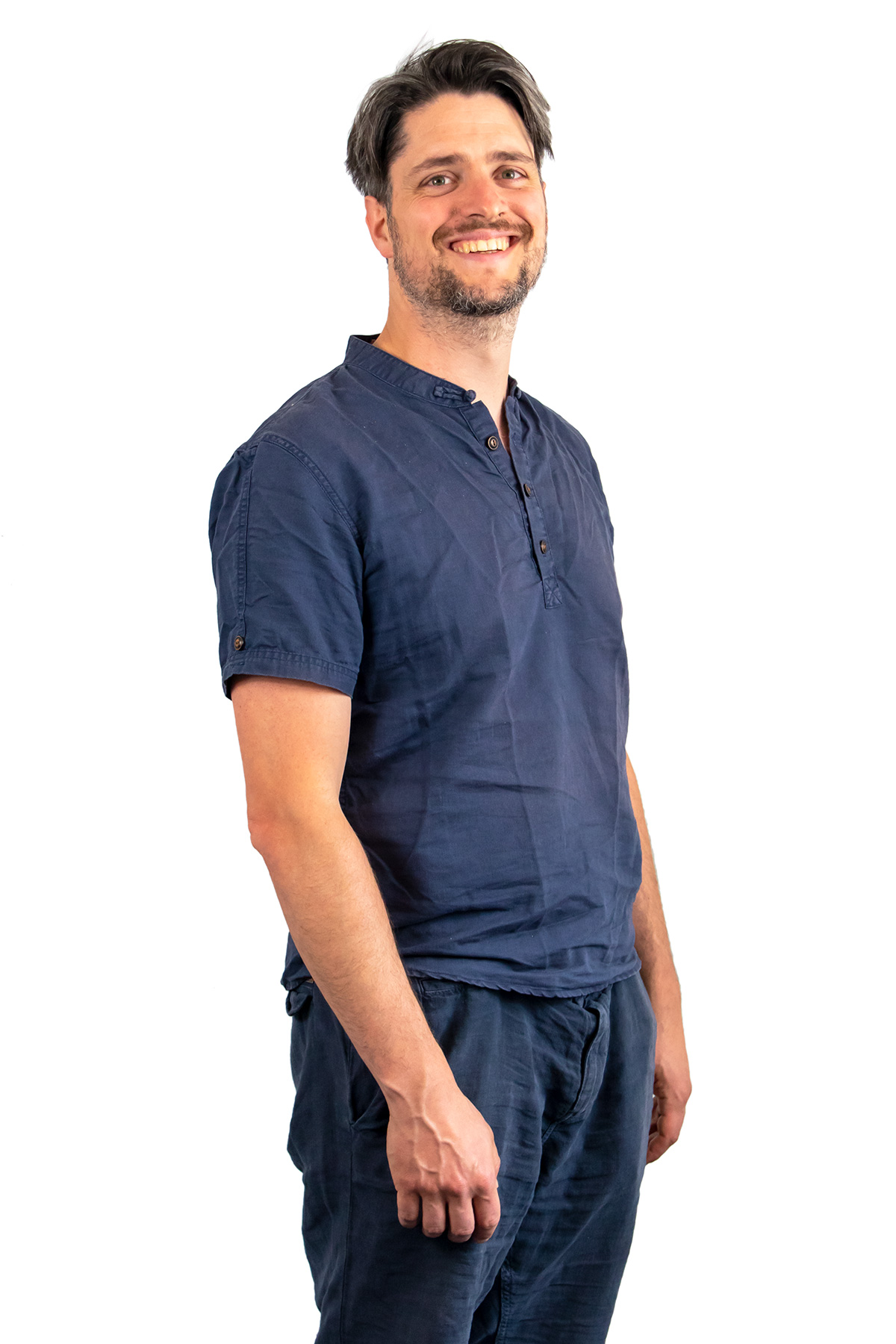The department of Mechanical Technology (MT) consists of about 30 technicians trained at intermediate/higher vocational education (MBO/HBO) and university levels. The core task of MT is to develop, design and realize mechanical solutions for the mostly international projects in which Nikhef participates.
The development of equipment at Nikhef is done through a close collaboration of physicists, mechanical engineers, instrument makers and electronics experts. A range of mechanical technologies is utilized to this end: lightweight and rigid structures; vacuum, cooling and accelerator technologies; cryogenic techniques; welding and gluing techniques; high-pressure applications, etc.
At the workshop, the instrument makers have modern, computer-guided metal working machines at their disposal. Parts and composites are checked on measuring machines to the micrometer level. Assembly takes place in dust-free environments (cleanrooms).
The MT mostly uses lightweight materials and composites. These find their way into particle detectors where all parts (except for the sensors) need to be as transparent as possible to these particles. This requires thorough material research, for example into the influence of heat and humidity on the stability of the material, in order to be able to guarantee the measurement precision.
Using mathematical models and software for finite-element analysis the properties of the design are predicted as much as possible. Have the required specifications been met? Can the design be more stiff, precise or using less material? Is the heat that is produced sufficiently drained? Are the electric and magnetic fields sufficiently shielded?
Optimization in advance saves time and money in the subsequent phase: the construction of a functional prototype. When building the prototype the construction process is evaluated; which possibilities are encountered, how fragile is the product, what is the quality, which precision can be achieved, have the specifications been met, how efficient is the construction process? Next, the prototype’s functionality is tested.
Based on the prototype test results, a final product design is made. In the last phase, the final product is built and installed at its destination.
Contact: Freek Sanders (group leader MT)
Internships at the Mechanical Engineering department (Dutch only)
Read more about the MT projects
Read more about the MT facilities
